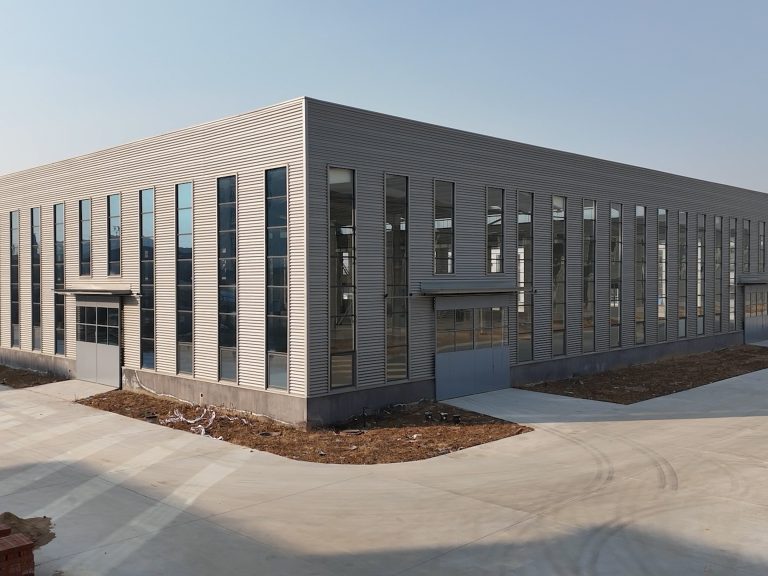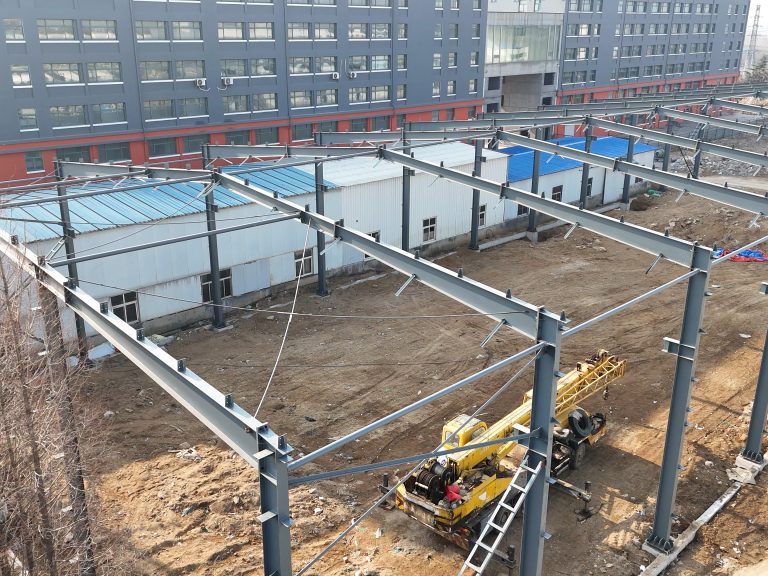Table of Contents
Importance of Regular Safety Inspections in Warehouses
Warehouse safety regulations compliance is a critical aspect of ensuring the well-being of employees and the smooth operation of a warehouse facility. One key component of maintaining compliance with safety regulations is conducting regular safety inspections. These inspections are essential for identifying potential hazards, ensuring that safety protocols are being followed, and ultimately preventing accidents and injuries in the workplace.
Regular safety inspections help warehouse managers and supervisors stay informed about the current state of safety in their facility. By conducting these inspections on a consistent basis, they can identify any areas that may be in need of improvement or correction. This proactive approach to safety management can help prevent accidents before they occur, saving both time and money in the long run.
During safety inspections, warehouse managers and supervisors should pay close attention to a variety of factors that could pose a risk to employees. This includes checking for proper storage of materials, ensuring that equipment is in good working condition, and verifying that safety protocols are being followed by all employees. By thoroughly examining these and other potential hazards, warehouse managers can take the necessary steps to address any issues and prevent accidents from happening.

In addition to identifying potential hazards, safety inspections also serve as an opportunity to ensure that all safety regulations are being followed in the warehouse. This includes compliance with OSHA regulations, as well as any other industry-specific safety guidelines that may apply. By conducting regular inspections, warehouse managers can verify that all safety protocols are being followed and take corrective action if necessary to ensure compliance with regulations.
Furthermore, safety inspections can help warehouse managers and supervisors stay up to date on the latest safety regulations and best practices in the industry. By regularly reviewing safety protocols and guidelines, they can ensure that their facility is in compliance with current standards and make any necessary adjustments to their safety procedures. This ongoing commitment to safety management can help prevent accidents and injuries in the workplace and create a safer environment for all employees.
In conclusion, regular safety inspections are a crucial component of maintaining compliance with warehouse safety regulations. By conducting these inspections on a consistent basis, warehouse managers can identify potential hazards, ensure that safety protocols are being followed, and prevent accidents and injuries in the workplace. Safety inspections also provide an opportunity to verify compliance with safety regulations, stay informed about the latest industry standards, and make any necessary adjustments to safety procedures. Ultimately, prioritizing safety inspections in warehouses is essential for creating a safe and secure work environment for all employees.
Common Violations of Warehouse Safety Regulations
Warehouse safety regulations are put in place to protect workers and ensure a safe working environment. Compliance with these regulations is crucial to prevent accidents and injuries in the workplace. However, despite the importance of following safety guidelines, many warehouses still struggle to maintain full compliance. In this article, we will discuss some common violations of warehouse safety regulations and the potential consequences of non-compliance.
One of the most common violations of warehouse safety regulations is improper storage of materials. This includes stacking items too high, blocking aisles and emergency exits, and failing to secure heavy items properly. Improper storage can lead to accidents such as items falling and injuring workers, or blocking emergency exits in the event of a fire. It is essential for warehouses to have proper storage procedures in place to prevent these types of incidents.
Another common violation is inadequate training for employees. Proper training is essential for ensuring that workers understand how to safely operate equipment, handle hazardous materials, and follow safety protocols. Without adequate training, employees may be at risk of accidents and injuries. It is the responsibility of warehouse managers to provide comprehensive training to all employees to ensure their safety on the job.
Failure to maintain equipment is also a common violation of warehouse safety regulations. Equipment such as forklifts, pallet jacks, and conveyor belts must be regularly inspected and maintained to ensure they are in good working condition. Neglecting to maintain equipment can lead to malfunctions and accidents, putting workers at risk. Warehouse managers should implement a regular maintenance schedule to prevent equipment failures and ensure the safety of their employees.
Inadequate lighting and ventilation are also common violations of warehouse safety regulations. Poor lighting can make it difficult for workers to see hazards and navigate the warehouse safely. Inadequate ventilation can lead to poor air quality, which can cause respiratory issues for employees. It is essential for warehouses to have proper lighting and ventilation systems in place to create a safe and healthy work environment for employees.
Failure to provide personal protective equipment (PPE) is another violation of warehouse safety regulations. PPE such as hard hats, safety goggles, gloves, and steel-toed boots are essential for protecting workers from potential hazards in the warehouse. Warehouse managers must ensure that all employees have access to the necessary PPE and that they are trained on how to use it properly.
Non-compliance with warehouse safety regulations can have serious consequences for both employees and employers. Accidents and injuries can result in lost productivity, increased insurance costs, and potential legal liabilities. In extreme cases, non-compliance can lead to fines, penalties, and even the closure of the warehouse.
To avoid these consequences, warehouse managers must prioritize safety and ensure full compliance with safety regulations. This includes implementing proper storage procedures, providing comprehensive training for employees, maintaining equipment, ensuring adequate lighting and ventilation, and providing necessary PPE. By taking these steps, warehouses can create a safe working environment for their employees and prevent accidents and injuries in the workplace.
In conclusion, compliance with warehouse safety regulations is essential for protecting workers and preventing accidents in the workplace. Common violations such as improper storage, inadequate training, equipment maintenance, lighting and ventilation issues, and lack of PPE can have serious consequences. Warehouse managers must prioritize safety and take proactive measures to ensure full compliance with safety regulations. By doing so, they can create a safe and healthy work environment for their employees and avoid potential risks and liabilities.




